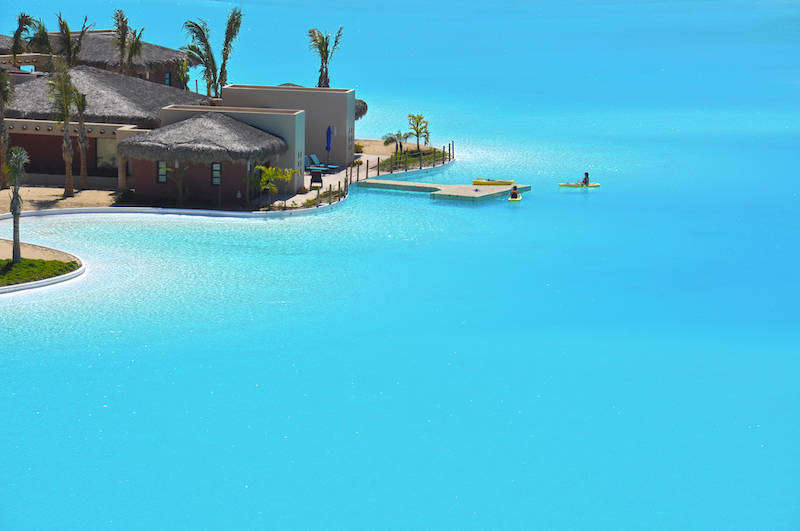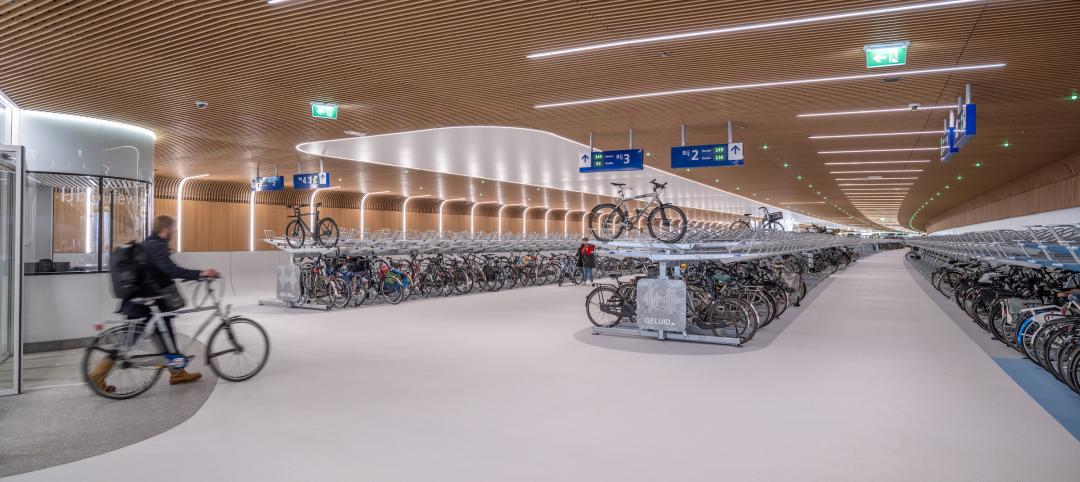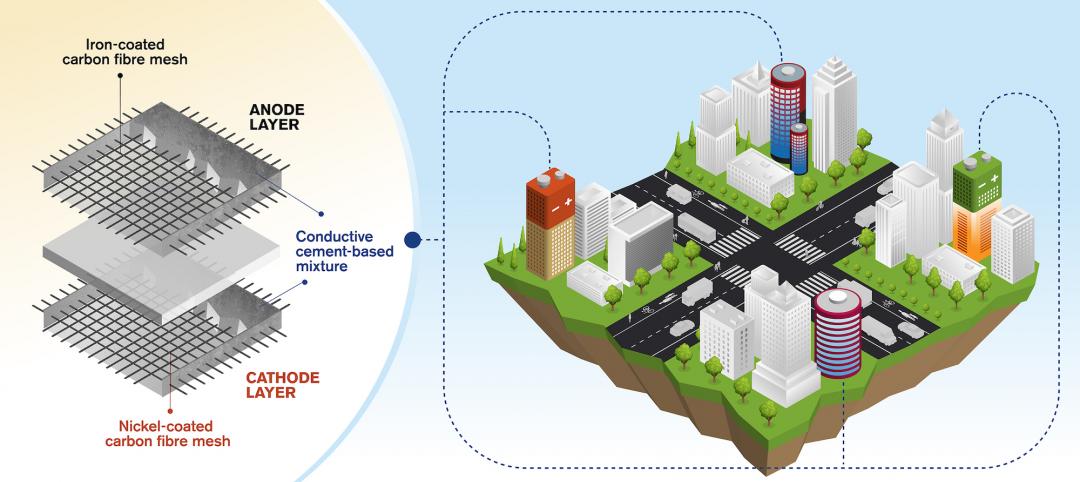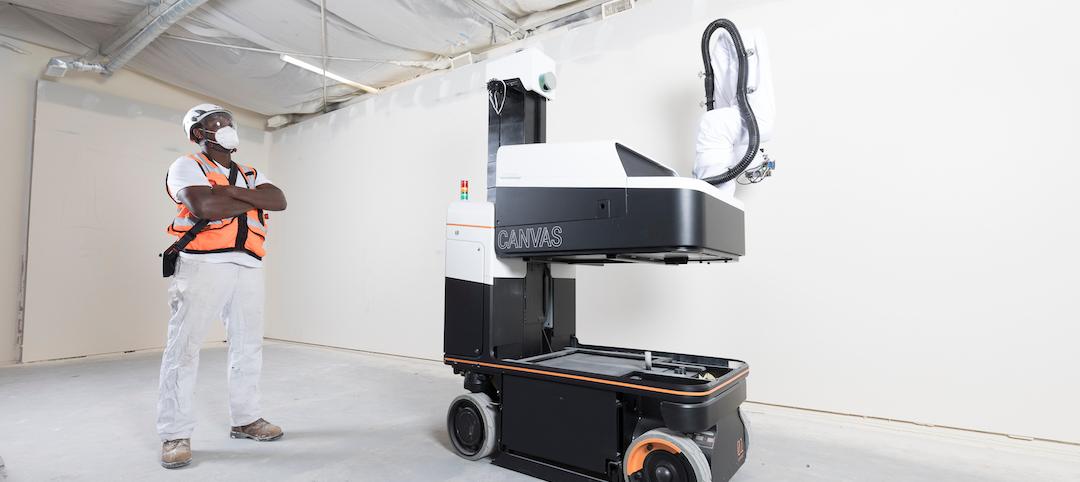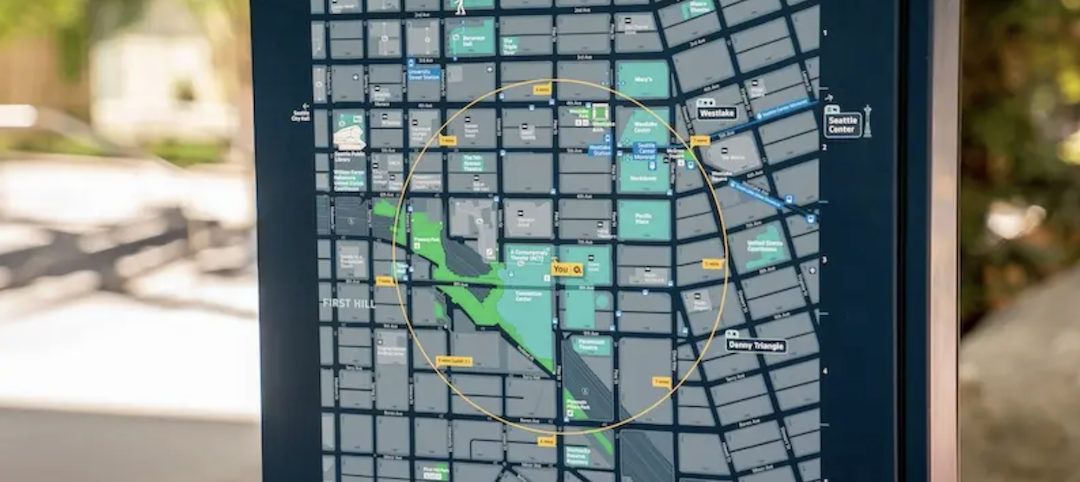It used to be one had to fly to a remote island paradise if they wanted to enjoy the combination of white sand beaches and crystal clear blue waters. Thanks to patented technology, Crystal Lagoons is able to bring that experience anywhere in the world—from coastal resorts to inner cities to desert climates.
Founded in 2007 by Santiago, Chile-born biochemist and real estate developer Fernando Fischmann, Crystal Lagoons utilizes several proprietary technologies to reduce the cost and maintenance of—and thus greatly increase the applications for—large-scale lagoon installations. The lagoons can be built as big as a given space allows—the company’s largest installation to date, in Egypt, is nearly 31 acres—and can be maintained at relatively low costs while using minimal amounts of chemicals and energy.
Fischmann’s technology uses a pulse-based disinfection system that applies controlled pulses of small quantities of oxidants/micro-biocides to the lagoon water in relation to the growth cycles of algae and bacteria. The application of these additives is coordinated by injectors and sensors and managed remotely by the Crystal Lagoons team.
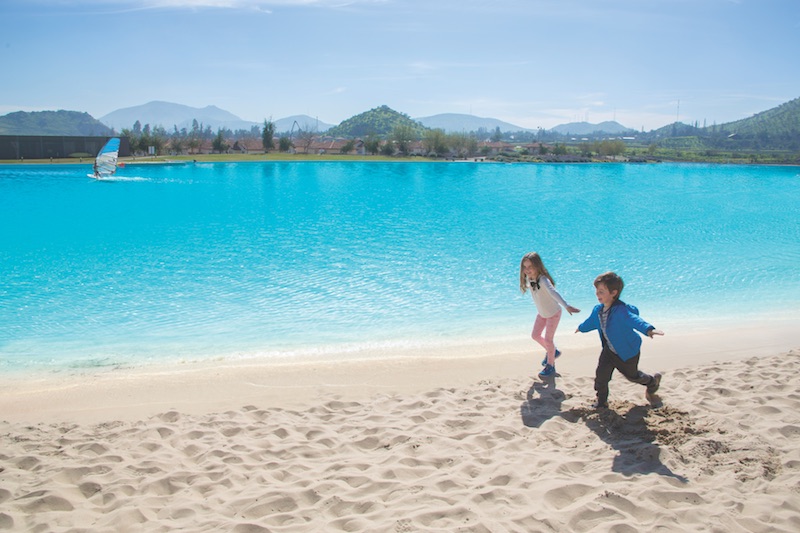
The system uses up to 100 times less chemicals than conventional swimming pool treatment technologies and consumes only 2% of the energy needed by conventional swimming pool filtration systems, according to the company.
The filtration system is also different, and more efficient, than conventional pools. Natural compounds and a variety of ultrasonic waves are applied to the water, which enables the contaminant particles to be agglomerated into larger particles that are later removed from the lagoon. This means only a small portion of the total water volume needs to be filtered.
Crystal Lagoons can use seawater, fresh water, or brackish water. They also capture rainwater to reduce the need for make-up water to compensate for evaporation.
The company recently developed a floating lagoon system, which uses decks and bridges paired with a proprietary floating structure to create a crystal-clear body of water without the use of land.
Crystal Lagoons has 15 projects in the works in the U.S., mainly in Arizona, California, Florida, Nevada, and Texas. Another 44 U.S. projects are in the feasibility/negotiation stage, worth some $53 billion.
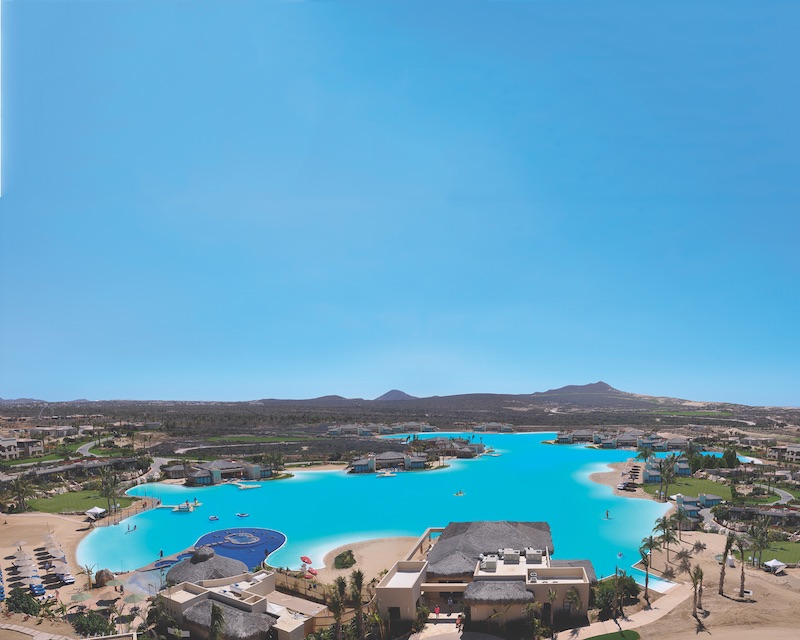
Related Stories
Cladding and Facade Systems | Apr 5, 2023
Façade innovation: University of Stuttgart tests a ‘saturated building skin’ for lessening heat islands
HydroSKIN is a façade made with textiles that stores rainwater and uses it later to cool hot building exteriors. The façade innovation consists of an external, multilayered 3D textile that acts as a water collector and evaporator.
Transportation & Parking Facilities | Mar 23, 2023
Amsterdam debuts underwater bicycle parking facility that can accommodate over 4,000 bikes
In February, Amsterdam saw the opening of a new underwater bicycle parking facility. Located in the heart of the city—next to Amsterdam Central Station and under the river IJ (Amsterdam’s waterfront)—the facility, dubbed IJboulevard, has parking spots for over 4,000 bicycles, freeing up space on the street.
Concrete | Jan 24, 2023
Researchers investigate ancient Roman concrete to make durable, lower carbon mortar
Researchers have turned to an ancient Roman concrete recipe to develop more durable concrete that lasts for centuries and can potentially reduce the carbon impact of the built environment.
Sponsored | Resiliency | Dec 14, 2022
Flood protection: What building owners need to know to protect their properties
This course from Walter P Moore examines numerous flood protection approaches and building owner needs before delving into the flood protection process. Determining the flood resilience of a property can provide a good understanding of risk associated costs.
Giants 400 | Nov 14, 2022
4 emerging trends from BD+C's 2022 Giants 400 Report
Regenerative design, cognitive health, and jobsite robotics highlight the top trends from the 519 design and construction firms that participated in BD+C's 2022 Giants 400 Report.
AEC Tech | Apr 13, 2022
A robot automates elevator installation
Schindler—which manufactures and installs elevators, escalators, and moving walkways—has created a robot called R.I.S.E. (robotic installation system for elevators) to help install lifts in high-rise buildings.
AEC Tech Innovation | Mar 9, 2022
Meet Emerge: WSP USA's new AEC tech incubator
Pooja Jain, WSP’s VP-Strategic Innovation, discusses the pilot programs her firm’s new incubator, Emerge, has initiated with four tech startup companies. Jain speaks with BD+C's John Caulfield about the four AEC tech firms to join Cohort 1 of the firm’s incubator.
Great Solutions | Jan 18, 2022
Researchers develop concept for rechargeable cement-based batteries
Researchers from the Department of Architecture and Civil Engineering at Chalmers University of Technology in Gothenburg, Sweden, have created a concept for rechargeable batteries made of cement. The concept involves a cement-based mixture with small amounts of short carbon fibers added to increase conductivity and flexural toughness.
Great Solutions | Nov 22, 2021
Drywall robots take the risk out of the finishing process
Canvas is using robots to complement the work already being done by drywall professionals.
Great Solutions | Sep 23, 2021
Seattle looks to become America’s most walkable city with a new citywide wayfinding system
Seamless Seattle will support the Seattle Department of Transportation’s commitment to increase the percentage of trips made by walking to 35% by 2035.


